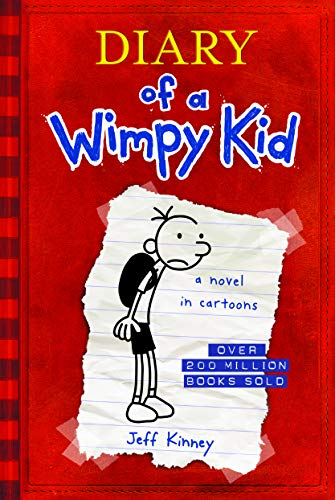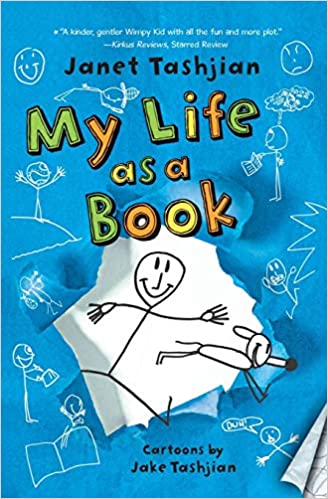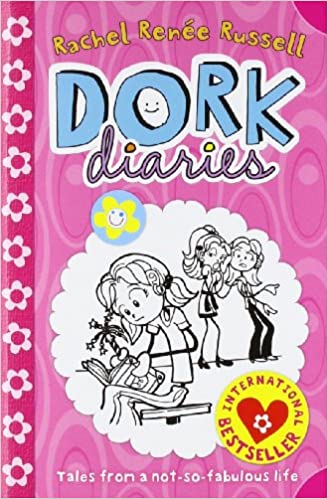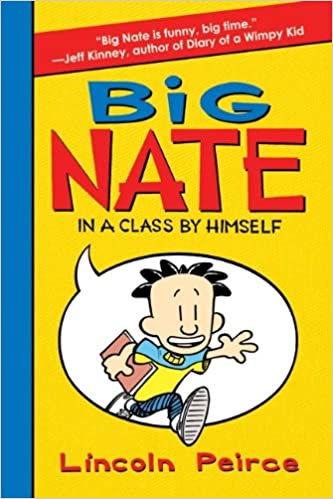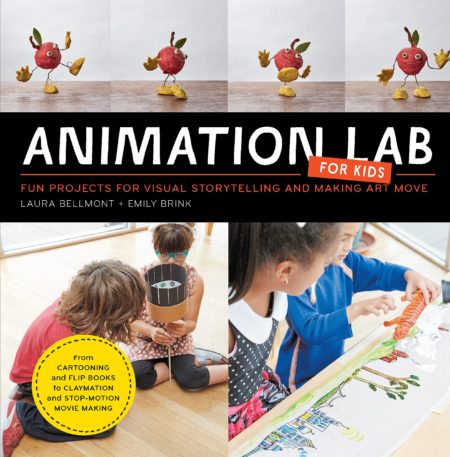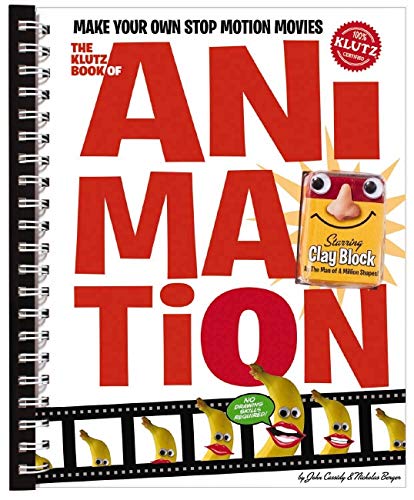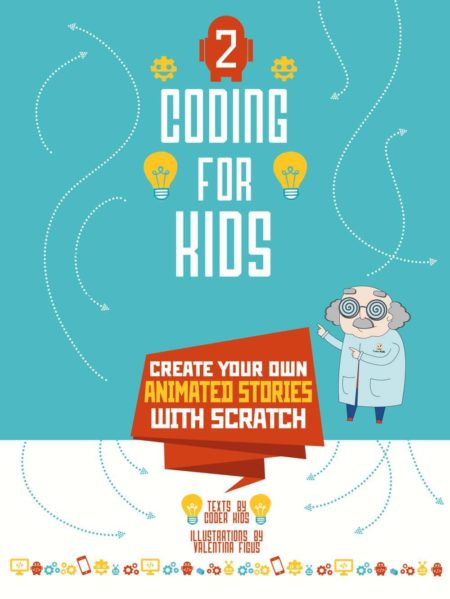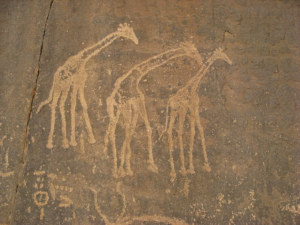 Little stick figure drawings have been around forever. In 1994, cave art discovered in southern France was determined to be over 30,000 years old! With primitive tools like sticks, bones, and hair, these artists created fantastic art. Many prehistoric cave drawings feature little stick figures and lots of animals.
Little stick figure drawings have been around forever. In 1994, cave art discovered in southern France was determined to be over 30,000 years old! With primitive tools like sticks, bones, and hair, these artists created fantastic art. Many prehistoric cave drawings feature little stick figures and lots of animals.
I’ve always been fascinated with the stories they were trying to tell. Were they trying to record facts? Were they telling stories to entertain? Scholars and historians do not know for sure why these drawings were made. Maybe there is a little bit of both in those ancient stories. Learn more about these and other ancient drawings at Scholastic Go!
Some drawings tell elaborate tales, some of everyday life. Some are rich in detail, others simple and to the point. The good news is you do not have to be an accomplished artist to create a story. Everyone can draw a stick figure. Throughout a typical day, you probably see dozens of stick figures. On signs, in graffiti, and in the doodles you draw. I know I’m not the only one who doodles when they are on the phone or supposed to be listening at work or in class!
One of the most popular children’s books, Diary of a Wimpy Kid, is illustrated using simple drawings that remind me of stick figures.
What if your drawings could move. That’s where animation comes in! There are lots of different ways to animate your drawings. There are three basic types of animation, two-dimensional, three-dimensional, and computer animation.
Two-dimensional animation is animating something flat like a drawing. A perfect example is a flipbook! It’s super simple. You just draw your figure on each page. To animate your figure, you simply “move” them a little bit in each drawing. Flip through the pages when you’re done and presto, they’re moving!
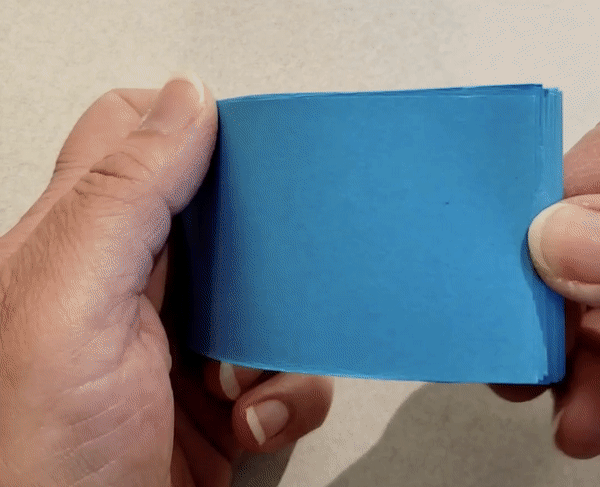
Three-dimensional animation involves animating three-dimensional objects like puppets of figures with stop motion.
The third type is computer animation or computer-generated images, CGI. There are many types of programs out there. With CGI, you can create effects that would be difficult, if not impossible, with other forms of animation. Many of the TV shows and movies rely heavily on CGI effects. Check out Scholastic Go! for more information on animation.
There are many cool software options to create a story. So it can be easy to overlook simple programs like Stykz. It can be accessed on the computers in Studio 300 and even be downloaded at home for free. For more information and to book an appointment, visit Studio 300’s website.
Just what is Stykz? Stykz is a multi-platform, stick figure animation program. It is easy to get started with a simple animation like I did, but the site has tutorials to help you with the more complex animations.
Watch our Stykz demo on YouTube.
For a simple animation, it really works just like the flipbook. For each frame, you will move your figure just a little bit at a time. Unlike the flipbook, you can see just where your figure was in the previous frame, making the animation much more precise and smooth. It can be a little time-consuming, so do not try to rush through. The short animation I tried out here is over 75 frames long for just a few seconds of animation. If you are patient and take your time, the results are pretty cool!
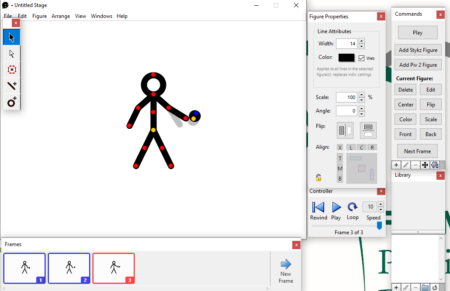
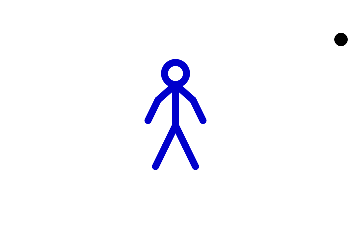
Try it out! You can download it for free to start creating your story today! Learn more about animation with some of these books.
Coding For Kids: Create Your Own Animated Stories With Scratch by Coder Kids
Fun guide to learn to tell stories with Scratch.

